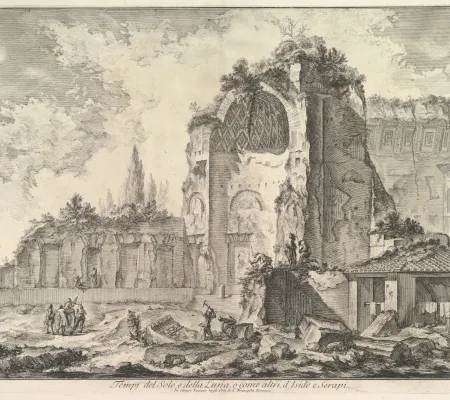This lecture examines how the ancients attached meaning to architecture; specifically, the extent to which audiences in the city of Rome associated particular forms, styles and materials with Hellenic culture. While robust, though often overly simplified, typologies of what we recognize as ‘Greek’ and ‘Roman’ styles have been established, it is far from apparent that the distinctions were also recognized in antiquity. This is especially true of the mid-Imperial period, when designs and materials that at an earlier date were distinctly Hellenic in origin had become standard in buildings across the Roman Empire. Yet the second century AD was also a period of renewed interest in expressions of Hellenic identity – how was this achieved in the built environment? Focusing on the reign of Hadrian, Christopher Siwicki reassesses the labeling of architecture as ‘Greek’, ‘Roman’, ‘Hellenic’, and explores how statements of identity and culture were invested in buildings.
Christopher Siwicki is an architectural historian, specializing in the ancient world. He is a lecturer in Classical Studies at John Cabot University Rome, an honorary research Fellow at the University of Exeter (UK), and holds the Grete Sondheimer Fellowship at the Warburg Institute.


